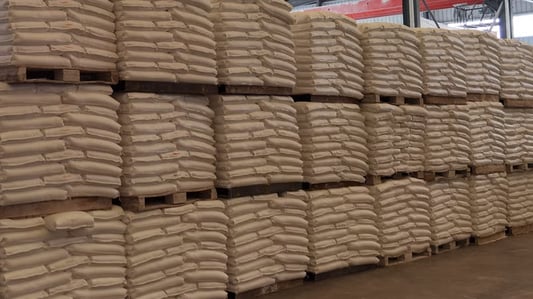Understanding Sumac Wax and Its Origins Sumac wax is a natural product derived from the sumac plant, primarily found in Mediterranean and Middle Eastern regions. Extracted from the leaves and fruits, this wax has gained recognition for its unique chemical composition and versatility in various industries. The sustainable sourcing of sumac wax ensures that the natural ecosystems where sumac grows remain intact, promoting biodiversity and environmental health.The Environmental Importance of Sustainable Sourcing Sustainable sourcing of sumac wax reduces environmental degradation by preventing overharvesting and land depletion. By practicing responsible harvesting methods, producers minimize soil erosion and the loss of native flora and fauna. This approach supports the conservation of sumac species and helps preserve the balance of natural habitats, offering a green alternative to synthetic waxes.Supply Chain Transparency in Sumac Wax Production Transparency in the supply chain is critical for verifying the sustainability of sumac wax. From harvesters to manufacturers, transparent sourcing practices allow stakeholders and consumers to trace the wax’s journey. This accountability encourages fair labor practices, ethical sourcing, and adherence to environmental standards.Community Empowerment through Ethical SourcingSumac Wax Sustainable Sourcing often involves local communities that rely on the plant for their livelihoods. Ethical sourcing initiatives empower these communities by providing fair wages and encouraging traditional harvesting techniques. This creates socio-economic benefits while preserving indigenous knowledge and cultural heritage tied to sumac harvesting.Sumac Wax in Eco-Friendly Product Formulation The natural properties of sumac wax make it ideal for eco-friendly products such as cosmetics, candles, and polishes. When sourced sustainably, sumac wax supports green manufacturing by reducing reliance on petroleum-based alternatives. This aligns with consumer demand for natural, cruelty-free, and biodegradable ingredients.Regulatory Frameworks Supporting Sustainable Sumac Wax Sourcing Various environmental regulations and certifications guide sustainable sumac wax sourcing. International bodies promote standards that protect wild sumac populations and ensure responsible land use. Compliance with these frameworks enhances market access for sustainably sourced wax and boosts consumer confidence in product provenance.Technological Innovations in Sustainable Harvesting New technologies aid in the sustainable harvesting of sumac wax, such as precision agriculture and eco-friendly extraction methods. These innovations reduce waste, improve yield, and minimize environmental impact. Adoption of technology ensures the long-term viability of sumac resources while supporting eco-conscious production.Challenges in Achieving Sumac Wax Sustainability Despite progress, challenges like illegal harvesting, habitat destruction, and market volatility threaten sumac wax sustainability. Addressing these issues requires coordinated efforts among governments, NGOs, and industry players. Strengthening policies and increasing awareness are essential steps towards overcoming such hurdles.Market Trends Driving Demand for Sustainably Sourced Sumac Wax Rising consumer awareness about sustainability and natural ingredients fuels demand for sumac wax sourced ethically. Beauty and wellness industries are key drivers, promoting products with clear sustainability credentials. This trend motivates producers to adopt sustainable sourcing to meet market expectations.Future Prospects for Sustainable Sumac Wax Sourcing The future of sumac wax sustainable sourcing looks promising with increasing investment in research, community engagement, and policy support. Expanding sustainable practices will enhance supply stability, promote environmental stewardship, and solidify sumac wax as a cornerstone of green product innovation worldwide. Embracing these prospects ensures the responsible utilization of sumac wax for generations to come. Quote Inquirycontact us










